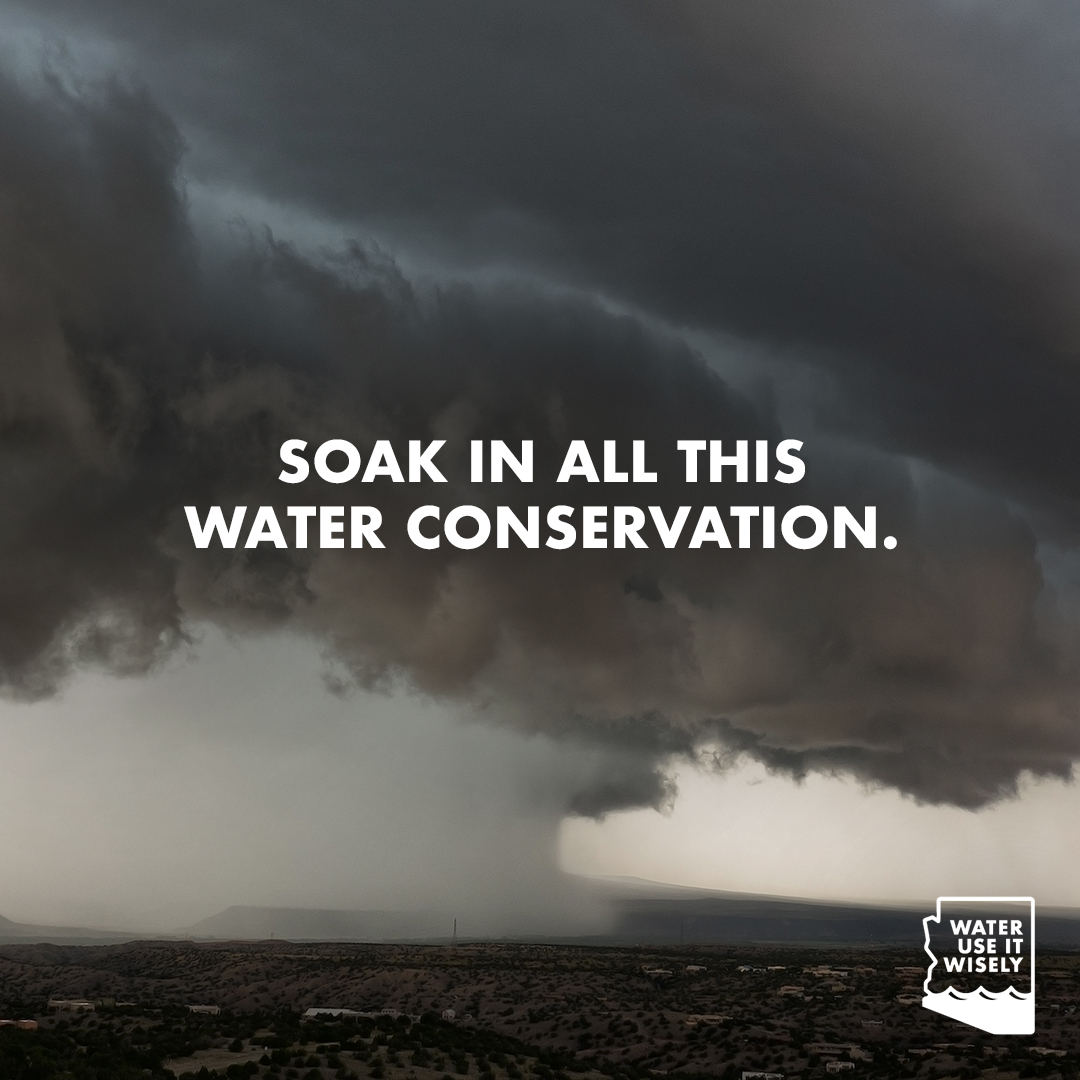


Saving Water Outdoors
Why pay for water when it’s free?
Soak up all the benefits of Rainwater harvesting. This process can help you enhance your garden and save money on your water bills.
Have you noticed how plants appear greener and brighter after a good rain? It’s not just because the dust and dirt get washed off. Rainwater is a clean, salt-free source of water that contains many beneficial ingredients for plant growth. Additionally, rainwater can be used from anything like washing clothes and dishes to flushing toilets and bathing your pets. You may not think we get enough rain here to bother, but the rooftop of a typical home can collect almost 500 gallons from ½ inch of rain, making water harvesting well worth the effort.
Where to Start:
Rainwater harvesting can be as simple as directing runoff to basins around your plants or collecting it in a rain barrel, or more complex systems may include gutters, storage tanks, pumps, and a delivery system.
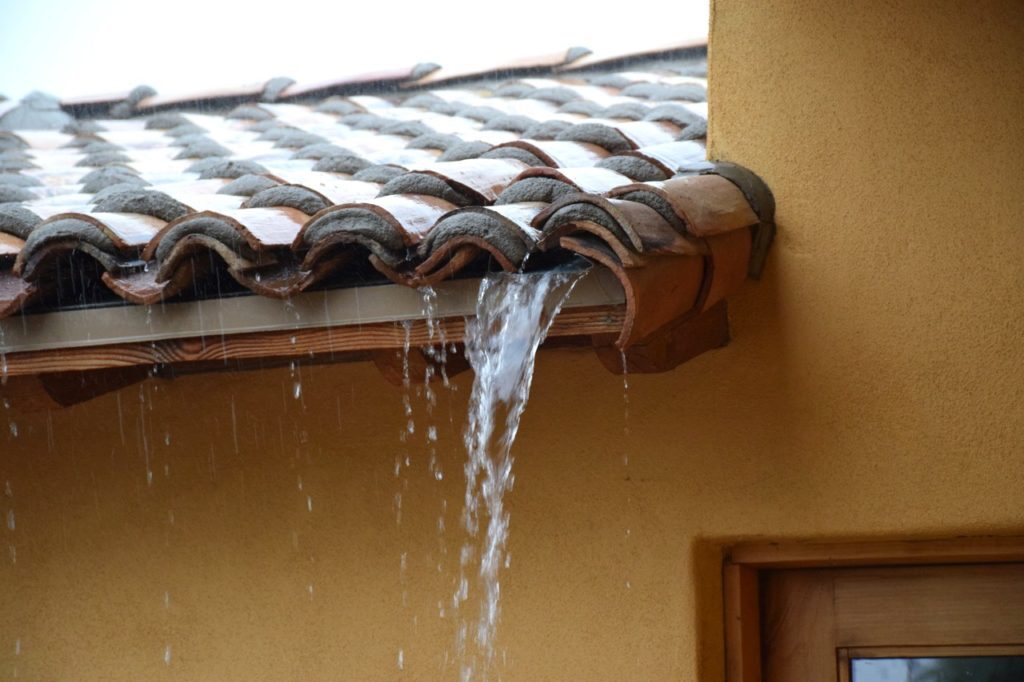
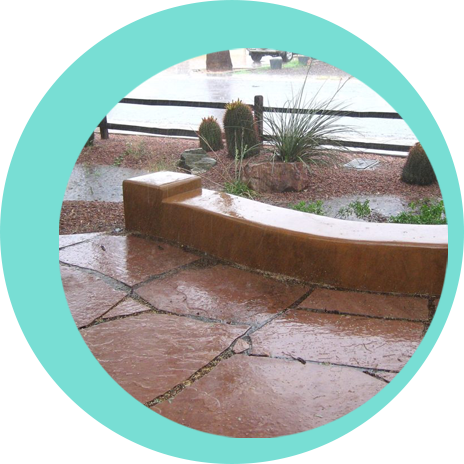
Tips:
Mimic nature by creating a desert wash in the landscape that holds and distributes the water to the planted areas (not the street). In other areas of your landscape, use paving materials that allow water to soak into the ground below. Do not use plastic sheeting under granite or rock. Add mulch and/or low-water-use plants in strategic areas to help your soil absorb water.
Benefits:
Keeping rainwater on your property reduces the amount of pollutants (such as pesticides, or fertilizers) from flowing into storm drains and eventually into our waterways or rivers. Of course, you’ll also reduce your outdoor watering and save on your water bill.
Look for Curb Cuts Into Street Landscapes
More and more communities are adopting water harvesting into street landscapes with a technique called Low Impact Development!
Rainwater Harvesting Resources
- Find more tips in this article on Harvesting Rainwater for the Landscape
- Check out Harvesting Rainwater: A Guide to Water-Efficient Landscaping from Tucson Water
- A local nonprofit, Watershed Management Group, teaches about rainwater harvesting with hands-on workshops.
Visit local gardens that feature demonstration sites for rainwater harvesting:
Find University of Arizona Cooperative Extension publications:
-
- Harvesting Rainwater for Landscape Use
- Using Rainwater in Urban Landscapes: Quick Guide for Maricopa County
- Rainscapes: The Ultimate in Water Efficient Landscaping
- Passive Water Harvesting – Rainwater Collection
- Basic Components of a Rainwater Storage System
- When It Rains It Runs Off: Runoff and Urbanized Areas in Arizona
There’s more on Green Infrastructure and Low Impact Development for communities in the Low Impact Development Toolkit and in the Greater Phoenix Metro Green Infrastructure Handbook


